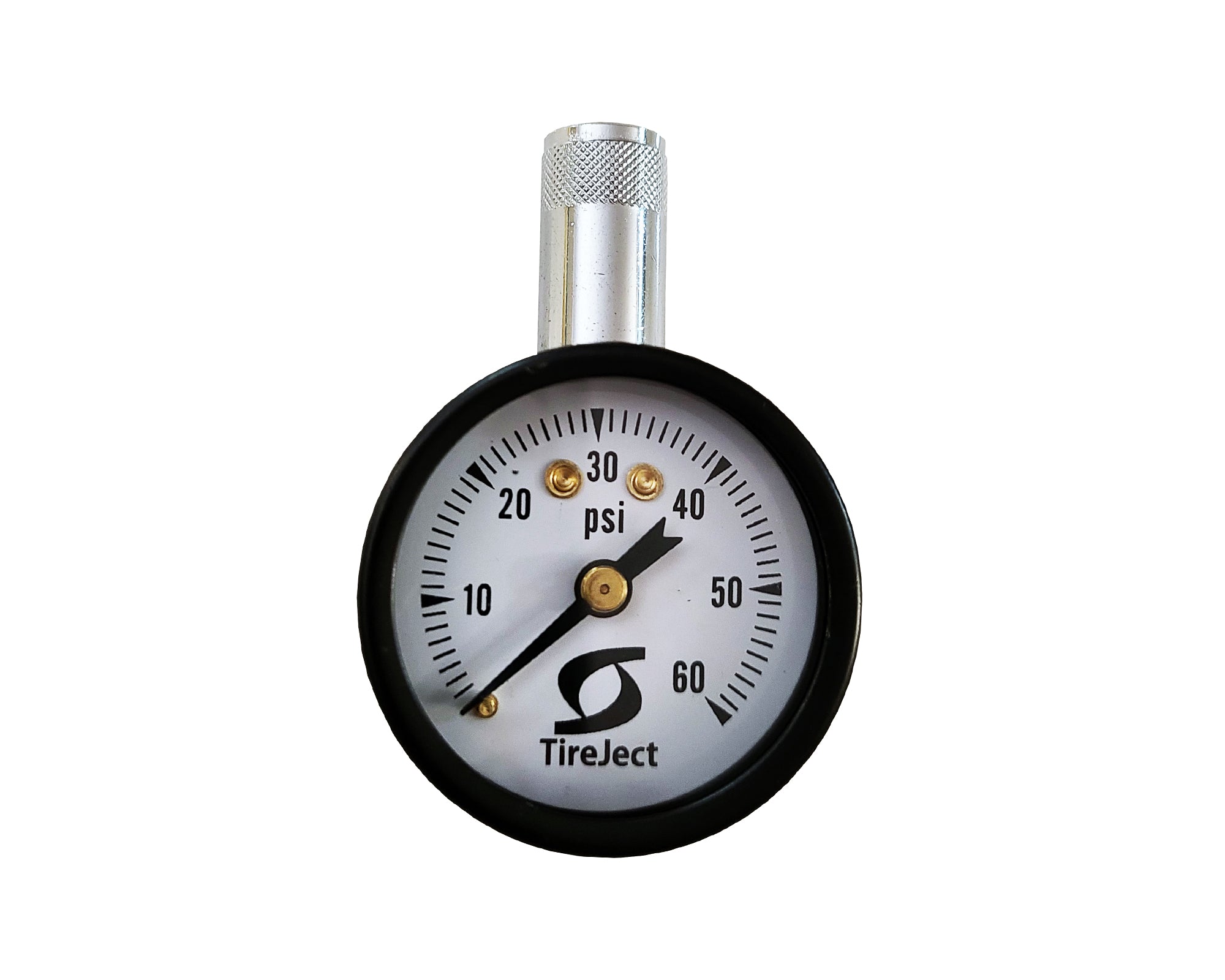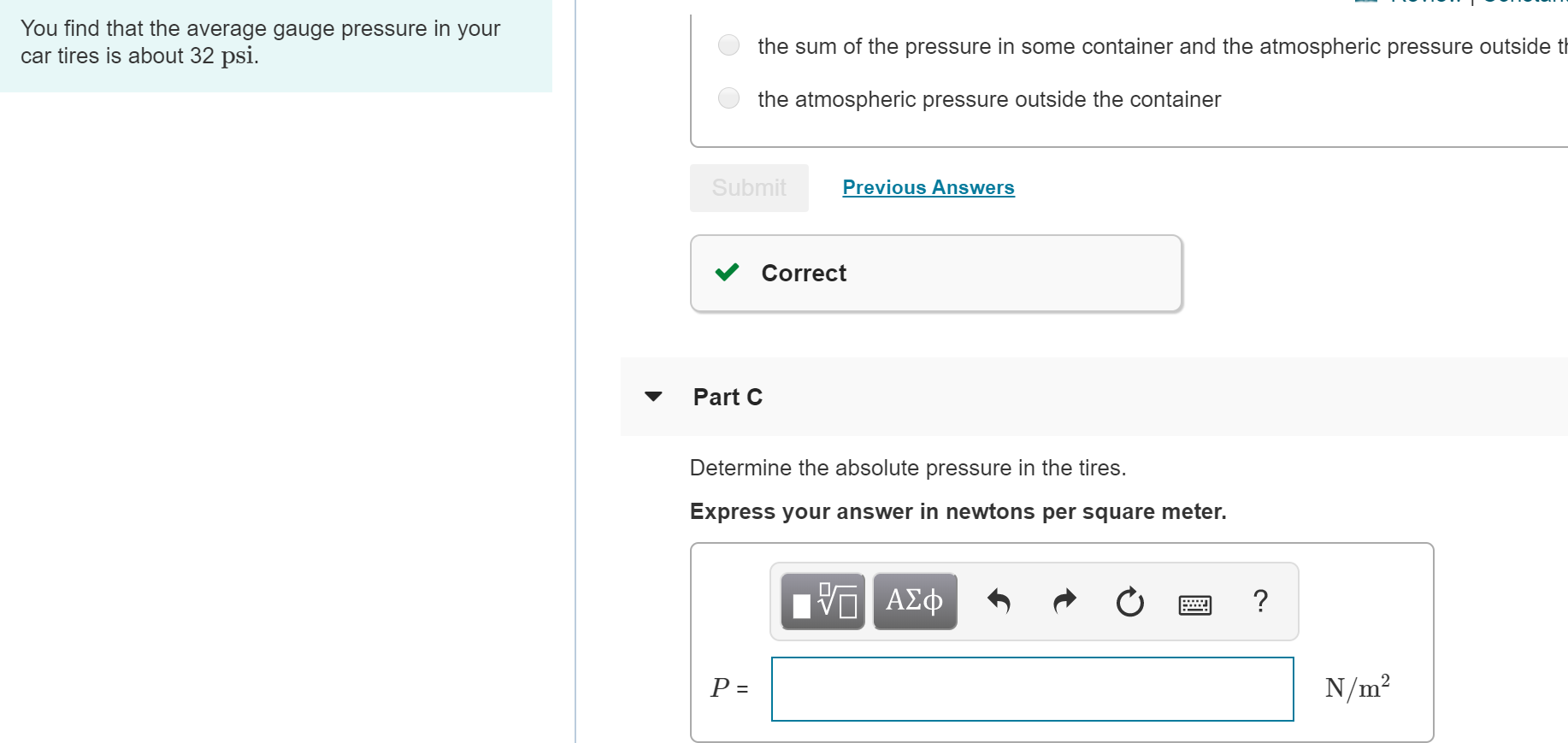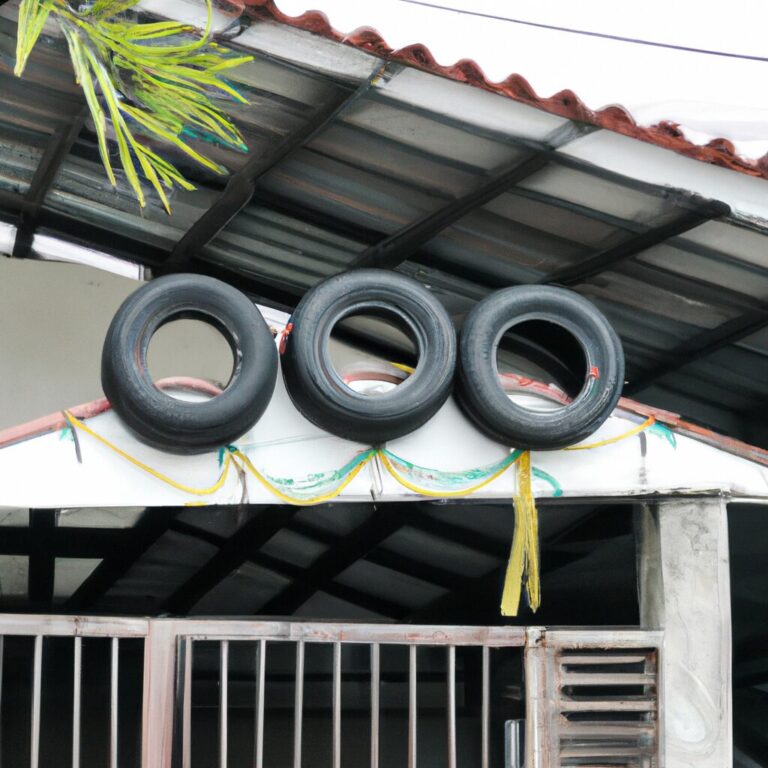How to Calculate Gauge Pressure of Tires
To calculate the gauge pressure of tires, subtract the atmospheric pressure from the tire pressure. Gauge pressure = Tire pressure – Atmospheric pressure.
Tire pressure is an essential factor to consider for proper and safe vehicle operation. Gauge pressure refers to the difference between the tire pressure and the surrounding atmospheric pressure. It helps to determine if the tires are inflated properly and if the vehicle is safe to drive.
Calculating the gauge pressure of tires is a simple process that involves subtracting the atmospheric pressure from the tire pressure. By understanding how to calculate gauge pressure of tires accurately, drivers can ensure optimal tire performance and enhance safety on the road.

Credit: www.tireject.com
Importance Of Maintaining Proper Tire Pressure
Proper tire pressure is crucial for safety and performance. Calculating gauge pressure of tires ensures optimal efficiency and reduces wear. Maintaining correct tire pressure improves fuel economy and prolongs tire lifespan. Regular checks are essential for safe driving.
Ensuring Vehicle Safety
Maintaining proper tire pressure is crucial for ensuring the safety of your vehicle and all those riding in it. When your tires have the correct pressure, they can provide better traction, grip, and stability on the road. This is especially important during emergency situations like sudden braking or avoiding obstacles.
In addition, having the right tire pressure helps to prevent dangerous blowouts and tire failures, which can lead to accidents. It ensures that your tires make proper contact with the road surface, reducing the risk of hydroplaning on wet roads. By regularly checking and maintaining the gauge pressure, you can significantly enhance the safety of your vehicle.
Improving Fuel Efficiency
Another key benefit of maintaining proper tire pressure is the improvement in fuel efficiency it offers. When your tires are underinflated, they create more rolling resistance, which requires the engine to work harder to move the vehicle. This extra effort not only consumes more fuel but also puts unnecessary strain on the engine.
By keeping the gauge pressure at the recommended level, you can minimize rolling resistance, allowing your vehicle to move more smoothly and efficiently. This, in turn, reduces fuel consumption and saves you money in the long run. Additionally, properly inflated tires also optimize the performance of your vehicle’s suspension system, ensuring a comfortable and smooth ride.
Regularly checking and maintaining the gauge pressure of your tires is a simple yet effective way to ensure vehicle safety and improve fuel efficiency. It is important to remember that the optimal tire pressure may vary depending on factors such as the vehicle’s weight, load, and the type of tires. Refer to your vehicle’s owner manual or consult a professional for specific guidelines.
Understanding Gauge Pressure
Gauge pressure is crucial for calculating tire pressure accurately. By understanding the concept, you can ensure optimal tire performance and safety on the road.
Gauge pressure plays a crucial role in maintaining the efficiency and safety of your vehicle’s tires. Knowing how to calculate gauge pressure is essential for ensuring optimal tire performance. In this article, we will break down the concept of gauge pressure, explain the difference between gauge pressure and absolute pressure, and provide you with a step-by-step guide on calculating gauge pressure for your tires.
Definition Of Gauge Pressure
Gauge pressure is the pressure measured above atmospheric pressure. It represents the force exerted by a fluid, in our case, the air in the tire, against a surface. In simple terms, it measures the pressure relative to the surrounding atmospheric pressure.
Difference Between Gauge Pressure And Absolute Pressure
Gauge pressure and absolute pressure are two common pressure measurements. The key difference lies in the reference point used for measurement. Gauge pressure is measured relative to atmospheric pressure, while absolute pressure is measured relative to a perfect vacuum. Simply put, gauge pressure accounts for the atmospheric pressure and provides a more practical measurement for everyday use.
To illustrate this difference, let’s consider an example. If the gauge pressure of a tire is measured as 30 psi (pounds per square inch), it means the pressure inside the tire is 30 psi higher than the atmospheric pressure. On the other hand, the absolute pressure inside the tire would be the sum of the atmospheric pressure and the gauge pressure.
Factors Affecting Tire Gauge Pressure
Understanding the factors affecting tire gauge pressure is crucial to maintaining safety and prolonging the lifespan of your tires.
Temperature Changes
- Rapid weather fluctuations can impact your tire pressure.
- Cold weather causes tire pressure to decrease.
- Hot weather results in tire pressure increase.
Leakages And Wear
- Air leakages from punctures or damaged valves can reduce tire pressure.
- Tire wear and tear can also lead to pressure loss.
- Regularly monitoring for leaks and tire condition is essential.

Credit: study.com
Step-by-step Guide To Calculate Gauge Pressure
When it comes to ensuring safe and efficient driving, maintaining the correct gauge pressure in your tires is crucial. Calculating the gauge pressure of your tires helps you determine if they are inflated to the recommended level, ensuring optimal performance and safety on the road. In this step-by-step guide, we’ll walk you through the process of calculating gauge pressure, empowering you to keep your tires in top condition.
Gather Necessary Tools
Before you start calculating the gauge pressure of your tires, you will need to gather a few essential tools. These include a reliable tire pressure gauge, which you can purchase at most automotive stores, and the recommended tire pressure information for your specific vehicle. Once you have these tools on hand, you’re ready to proceed with the calculation process.
Determine Current Tire Pressure
To begin, you’ll need to determine the current pressure of your tires. First, remove the valve cap from the tire’s valve stem. Next, firmly press the tire pressure gauge onto the valve stem to obtain an accurate reading. Take note of the pressure displayed on the gauge, as this will be essential for the subsequent calculation.
Calculate Gauge Pressure
Now that you have determined the current tire pressure, it’s time to calculate the gauge pressure. First, locate the recommended tire pressure for your vehicle – this information is typically found in your owner’s manual or on a sticker inside the driver’s side door frame. Subtract the current tire pressure from the recommended pressure to calculate the gauge pressure. The resulting value is the amount by which your tires are either overinflated or underinflated.
Tips For Maintaining Proper Tire Gauge Pressure
Properly maintaining the gauge pressure of your tires is essential for ensuring safety and optimal vehicle performance. In this section, we’ll explore some valuable tips on how to maintain the proper tire gauge pressure, allowing you to extend the lifespan of your tires and improve fuel efficiency.
Regular Pressure Checks
Regularly checking your tire pressure is crucial to keep your vehicle running smoothly. Aiming to do this at least once a month is recommended to prevent any gradual loss of pressure that can occur over time.
Making it a habit to inspect your tire pressure before long trips or when the temperature changes significantly is also beneficial.
Proper Inflation Techniques
When inflating your tires, always refer to the manufacturer’s recommended pressure levels. This information can typically be found in the vehicle’s manual or on a sticker inside the driver’s side door jamb.
- Use a reliable tire gauge to measure the pressure accurately.
- Check and adjust the pressure when the tires are cold, as heat from driving can increase the pressure and provide an inaccurate reading.
- Inflate the tires gradually, stopping to measure the pressure frequently to prevent over-inflation.
By adhering to these proper inflation techniques, you can ensure that your tires are consistently maintained at the optimal gauge pressure, leading to enhanced safety and performance on the road.

Credit: www.chegg.com
Frequently Asked Questions On How To Calculate Gauge Pressure Of Tires
What Is The Formula For Tire Pressure Gauge?
The formula for a tire pressure gauge is (pressure reading × calibrated factor) + atmospheric pressure.
How Do You Measure Gauge Pressure?
To measure gauge pressure, use a pressure gauge that compares pressure to atmospheric pressure. It indicates pressure above ambient.
How Do You Check Tire Pressure With Gauge?
To check tire pressure with a gauge, remove the valve cap and attach the gauge. Read the pressure and compare with the recommended level. Inflate or deflate as needed. Repeat the process for all tires regularly to ensure proper inflation.
How Do You Find Gauge Pressure From Height?
To find gauge pressure from height, use the formula P = ρgh, where P is the pressure, ρ is the fluid density, g is the acceleration due to gravity, and h is the height of the fluid. Simply plug in the values and calculate.
Conclusion
Keep your tires properly inflated to ensure optimal performance and safety on the road. Regularly check gauge pressure to prevent issues and improve fuel efficiency. By following these simple steps outlined in this guide, you can easily calculate the gauge pressure of your tires at home.
Stay safe on the road!

